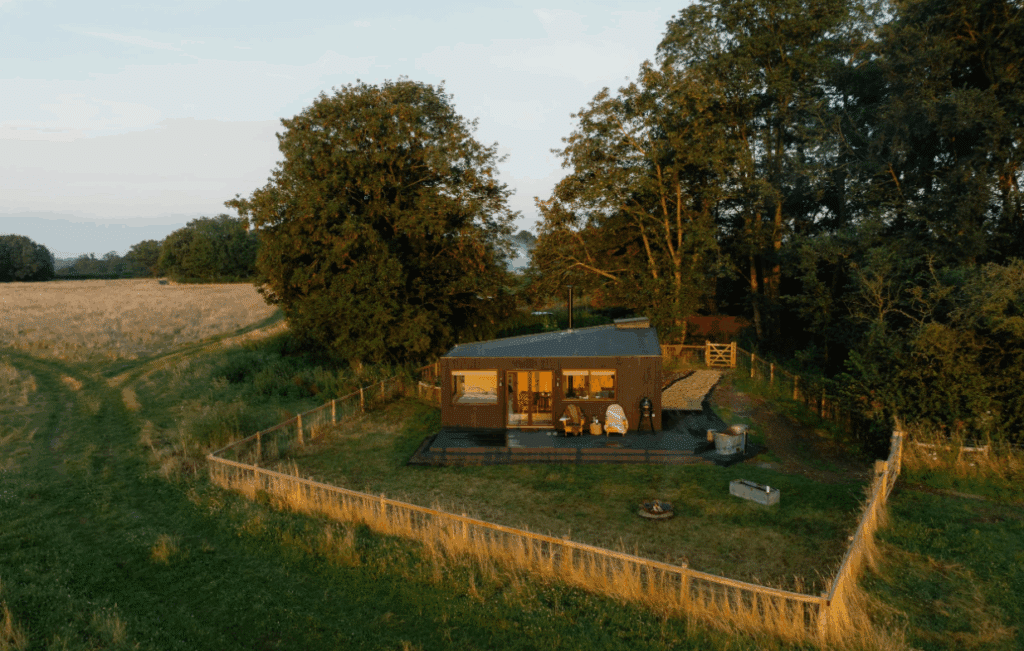Project Summary
The Wendling Beck Project (WBP) is a collaboration between four Norfolk landowners that are re-purposing almost 2,000 acres of arable land to create a landscape-scale nature recovery project. It has been supported since 2020 by environmental NGOs, local authorities, central government, and a water company as an exemplar for leveraging nature finance to drive land-use change.
WBP is demonstrating how new compliance markets, such as biodiversity net gain (BNG) and nutrient neutrality (NN), can deliver high-integrity outcomes for nature alongside co-benefits such as natural flood management (NFM), climate mitigation, and social impact, whilst also balancing food production.
It is providing in excess of 3,000 biodiversity units, across 35 different habitat types to developers and enough nutrient credits to unlock ~2,000 homes in Norfolk. Through these and other revenue streams, employment across the Project is predicted to increase by 1,000% from the previous farming businesses.
Quick Stats
- Location: Norfolk
- Size of Land: ~2,000 acres
- Landholding sizes: 250 – 650 acres
- Tenancy & Ownership: Owner-occupiers
- Nature Market Focus: Biodiversity Net Gain, Nutrient Neutrality
- Project partners: The Nature Conservancy (TNC), Anglian Water, Norfolk County Council, Breckland Council, Natural England, Norfolk Wildlife Trust, Norfolk Rivers Trust, Norfolk FWAG
Acknowledgements
With thanks for giving their time and insight to this case study:
Glenn Anderson, Strategy Lead and Co-Founder, the Wendling Beck Project

Rob Cunningham, Europe Resilient Watershed Programme Director, The Nature Conservancy

Date Published: 04/07/2025
Key takeaways
- WBP’s main revenue streams are sales of Biodiversity Net Gain (BNG) units and Nutrient Credits, primarily targeting developers.
- Initially focused on BNG, WBP shifted to selling nutrient credits upfront due to more immediate demand, positioning BNG as a longer-term revenue stream.
- WBP has engaged extensively with developers locally and nationally, and has built relationships with its Local Planning Authorities.
- WBP is using its scale to test its sales strategy with different brokers and intermediaries.
- WBP is exploring diversified revenue streams, including ecotourism, a farm shop and market garden.
- Though it does not sell carbon credits, WBP monitors its carbon stocks, which has helped strengthen buyer confidence.
Initial Buyer Scoping
WBP initially considered BNG, and later nutrient neutrality, as potential major revenue streams, despite these policies still being developed. Under these policies, local developers are WBP’s target buyer type.
In 2021, WBP commissioned an analysis by eftec, an environmental economics consultancy, to assess these potential revenue streams – with the analysis funded by TNC. Based on several assumptions, the findings suggested low regional demand for BNG and nutrient credits.
However, WBP had engaged extensively with the surrounding Local Planning Authorities (LPAs) on potential demand, and had started exploring the role of as a statutory BNG credit provider with Natural England. Both of these factors gave the WBP team confidence to explore these further – focusing on BNG, which the team initially felt would be a larger market.
WBP’s landowners, including Strategy Lead Glenn Anderson, led buyer scoping. Between 2021-2024, they approached over 50 developers on both a local and national scale.
The team attended developer-focused webinars, conferences, built a LinkedIn presence and invited several housebuilders on site visits to the Wendling Beck. At this stage, engagement costs were minimal, including catering for site visits, travel and some ticket fees. Anderson says that while not every event and engagement was productive, at the time it was difficult to know which would lead to a valuable connection.
WBP concluded that its local BNG market would likely have a surplus, and that developers generally had concerns about the governance and reputational risk of off-site BNG. This prompted WBP to emphasise its unique selling points, such as its:
- focus on scale and the Lawton Principles of “bigger, better, more joined up habitats”,
- data collection and monitoring of wider ecological indicators, including species recovery,
- social co-benefits – including the provision of cycle and footpaths, and WBP’s connection with the Gressenhall Museum (see Milestone 1).
Reviewing demand drivers
WBP’s initial interest in nutrient credits sales was based on its potential offset offer to the local water company. This did not prove viable, but the local imposition of Nutrient Neutrality in 2022 created new opportunities to sell nitrogen and phosphorous credits to developers.
Because nutrient mitigation is dependent on water catchments, the WBP team found it was located in an optimal location, in the headwaters of the River Wensum, and with the ability to supply credits through land reversion or other methodologies to developers in several different LPA boundaries.
Many of the buyer scoping activities that WBP had previously undertaken for BNG had use in the context of nutrient neutrality. For example, WBP’s good relationship with the LPAs was helpful for positioning the project as a potential supplier.
As local developers were already aware of WBP as a multi-faceted project, many of them were actively enquiring about the nutrient neutrality offering without as much market engagement compared to BNG.
Anderson says “from 2022, developers were practically beating down our door for nutrient credits…In the early years of WBP, we expected that BNG would be the dominant revenue stream for the project and nutrient neutrality would be an additional income, but we’ve now used our nutrient neutrality sales to act as a financial anchor and give us the space to develop the BNG sales over a much longer period of time”. As of June 2025, over 50% of WBP’s nutrient credits are under contract, and the remainder are progressing with Heads of Terms issued.
For a select number of sites, WBP is also ‘stacking’ BNG and nutrient sales, in line with government rules (see Milestone 8).
Approaching buyers and use of intermediaries
Nevertheless, WBP has a BNG offering of over 3,000 units and is continuing to explore ways of selling these in the best way.
For example, the team monitors the local papers to identify upcoming developments, and has learned there is an optimal time to remind local developers of their BNG requirements without seeming aggressive. The team has also found it helpful to engage with land promoters.
Anderson comments that BNG uptake has been slower than expected, with many smaller developers still adapting to the policy. Much of WBP’s first year engagement focused on educating developers about the off-site market, rather than on a potential sale itself. However, the team considers this a worthwhile investment of time, as it positions itself with potential buyers over the long-run.
WBP is also using the scale of its BNG offer to trial different broker services.
For example, WBP is engaging Carter Jones that offers a more traditional introductory service through its Natural Capital Exchange. WBP has also partnered with BNGx, which is a digital exchange platform that matches and processes trades automatically. Because of the automated nature of BNGx, it requires exclusivity over the units that WBP offers on the platform so that units aren’t accidentally sold elsewhere. WBP is also trading with Biodiversity Units UK, who act more like a conventional sales broker but have good market coverage. WBP monitors these services to assess their effectiveness.
For its nutrient credits, WBP has sold credits to Norfolk Environment Credits (NEC) – an arms’ length company formed by five LPAs in Norfolk. NEC is not a broker but acts as an aggregator of nutrient credit supply to match with developer demand.
Ongoing negotiations and use of contracts
As of May 2025, WBP has completed its first few BNG sales and has found the developers ready to purchase units first focus on whether:
- the underlying site is bound by either a S106 agreement or a conservation covenant,
- the site is registered on the national biodiversity gain sites register,
- there is a ready legal template for a sales agreement that can be reviewed,
- the units are priced at a sensible level.
WBP’s clear communication strategy, confidence in its financial and ecological modelling, and use of economies of scale have been advantageous in negotiations.
Anderson comments “the viable price points of different habitats can vary significantly and there are more and less ‘efficient’ habitats… For example, from our 120 acres of heathland, we immediately have just nine units, but after 10 years this goes up significantly, due to the temporal multiplier in the metric. This means we will probably have to sell our heathland units over the longer term, unless a developer is willing to pay a significant amount for a single unit, which is unlikely. For now, we are mainly seeing interest in grassland, paired with another habitat type such as scrub, individual trees or watercourse units.”
Anderson also says that value-add offers such as site tours and employee volunteering appeal to some developers but only after legal and pricing fundamentals are met.
For contracts used with BNG, WBP has found that developers often use option agreements – reserving units with a deposit, and completing purchase upon securing planning permission. In some cases, LPAs have insisted that developers use option agreements in the planning process to demonstrate certainty in BNG compliance. The WBP team has not found option agreements to be as common with nutrient credits because generally developments can move through planning without securing the offset.
More information on the buyer contracts used can be found in Milestone 8.
Other revenue opportunities
While BNG units and nutrient credits remain WBP’s main revenue sources, WBP has also explored other revenue opportunities, including carbon, payments for natural flood management (NFM), and ecotourism.
While some early opportunities were scoped with large corporates, the Project has decided to not pursue carbon sales for the foreseeable future, due to the financial additionality restrictions of selling carbon credits alongside BNG or nutrient neutrality. Nonetheless, WBP has committed to keep measuring its above- and below-ground carbon as part of its wider ecological monitoring programme (see Milestone 3). Anderson comments that WBP’s commitment to understanding long-term carbon stocks from landscape-scale change has been helpful in positioning the WBP as a high-integrity project to its buyers and other stakeholders.
WBP is also working on providing NFM to Anglian Water, the regional water company. Anglian Water has water treatment works situated within the project footprint that have a significant flooding problem, and the WBP team is currently in discussion to deliver an NFM scheme to alleviate the majority of the issue through river realignment. As of June 2025, more data is being collected to explore this (see Milestone 3).
Finally, the WBP landowners are also exploring eco-tourism, and in 2024 installed two private cabins on its land for residential stays. Anderson says that there will be more opportunity for ecotourism as the landscape change becomes more established, and they plan to grow the number of cabins over time.

Figure 1: Wendling Beck Wildscapes Cabin